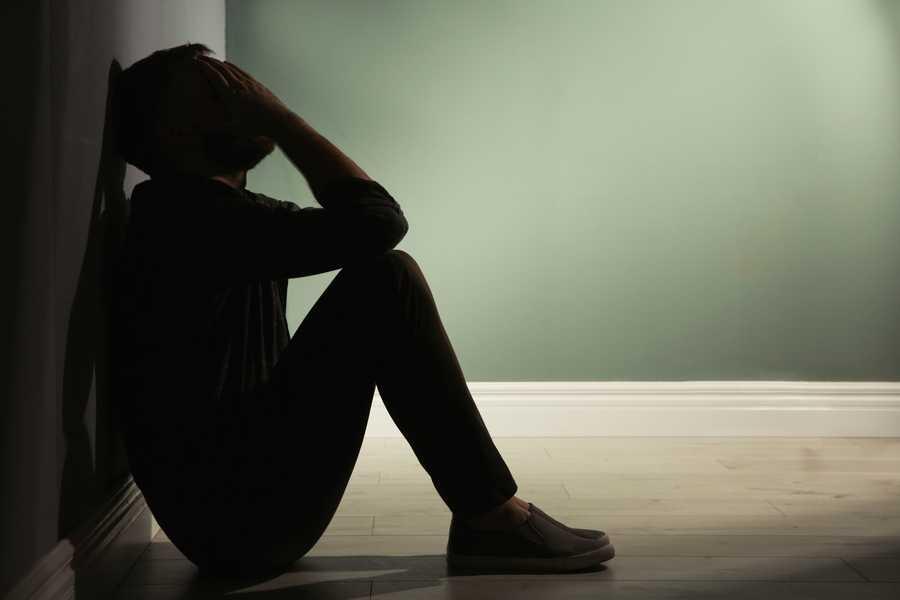How triggers are formed
We don't know precisely how triggers are formed. Some researchers believe that our brains store memories from a traumatic event differently from memories of non-traumatic event.
Past traumatic events may be interperted by the brain as current. This causes the body to experience symptoms similar to the original trauma (such a the fight and flight response).
We also know that triggers can cause an emotional reaction before a person realizes why they have become upset. Often triggers have a strong sensory connection (a sight, sound, taste, or smell), or are connected in some way to a deeply ingrained habit (for example, a recovering alcoholic who associates a particular activity with drinking).
Some refer to this as "traumatic coupling," where a trigger is connected to a traumatic experience, causing you to relive symptoms.
17
17 reads
CURATED FROM
IDEAS CURATED BY
I'm passionate about helping people live their best lives. I'm a lifestyle coach & burnout coach.
The idea is part of this collection:
Learn more about psychology with this collection
Understanding the importance of decision-making
Identifying biases that affect decision-making
Analyzing the potential outcomes of a decision
Related collections
Read & Learn
20x Faster
without
deepstash
with
deepstash
with
deepstash
Personalized microlearning
—
100+ Learning Journeys
—
Access to 200,000+ ideas
—
Access to the mobile app
—
Unlimited idea saving
—
—
Unlimited history
—
—
Unlimited listening to ideas
—
—
Downloading & offline access
—
—
Supercharge your mind with one idea per day
Enter your email and spend 1 minute every day to learn something new.
I agree to receive email updates
